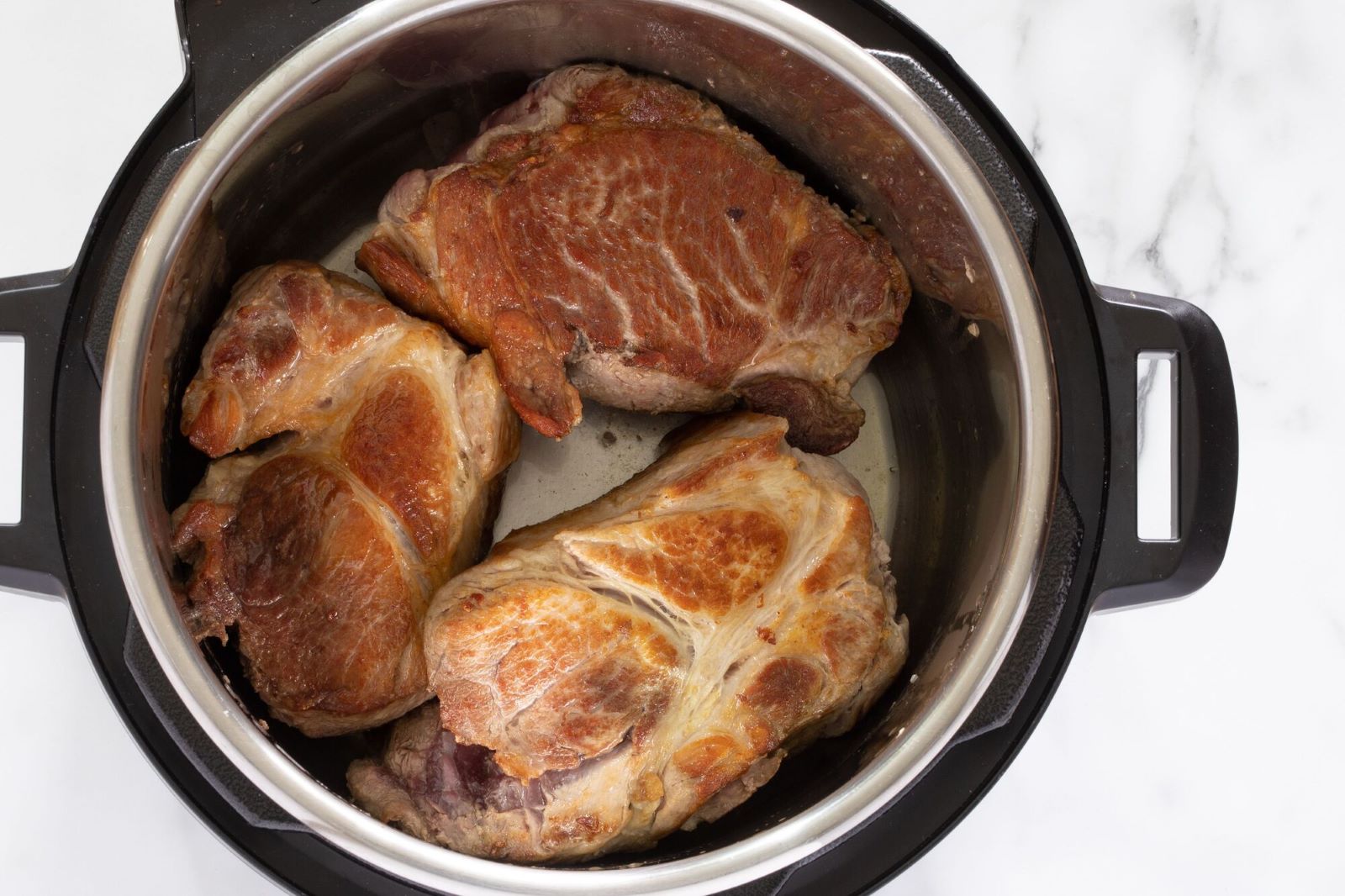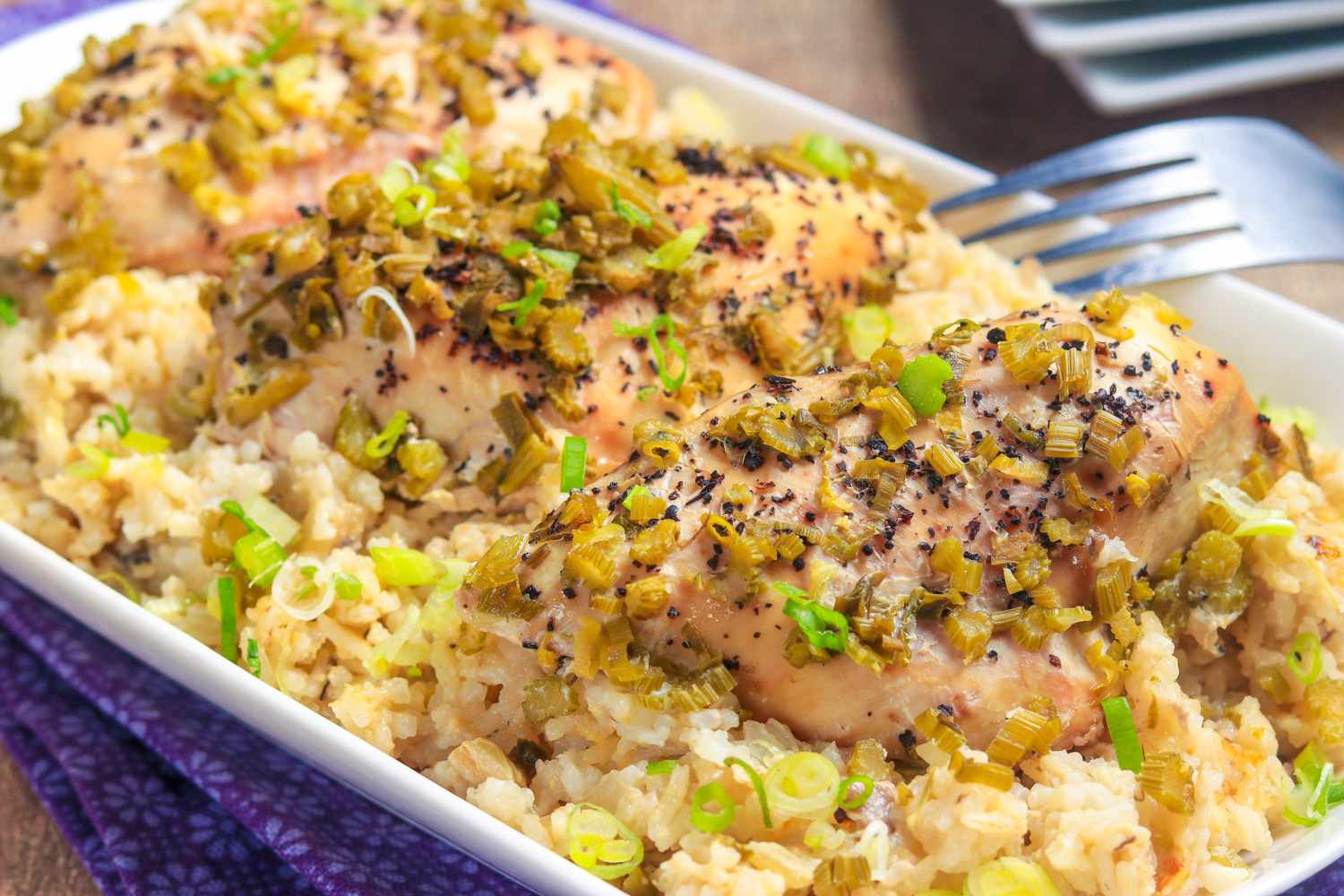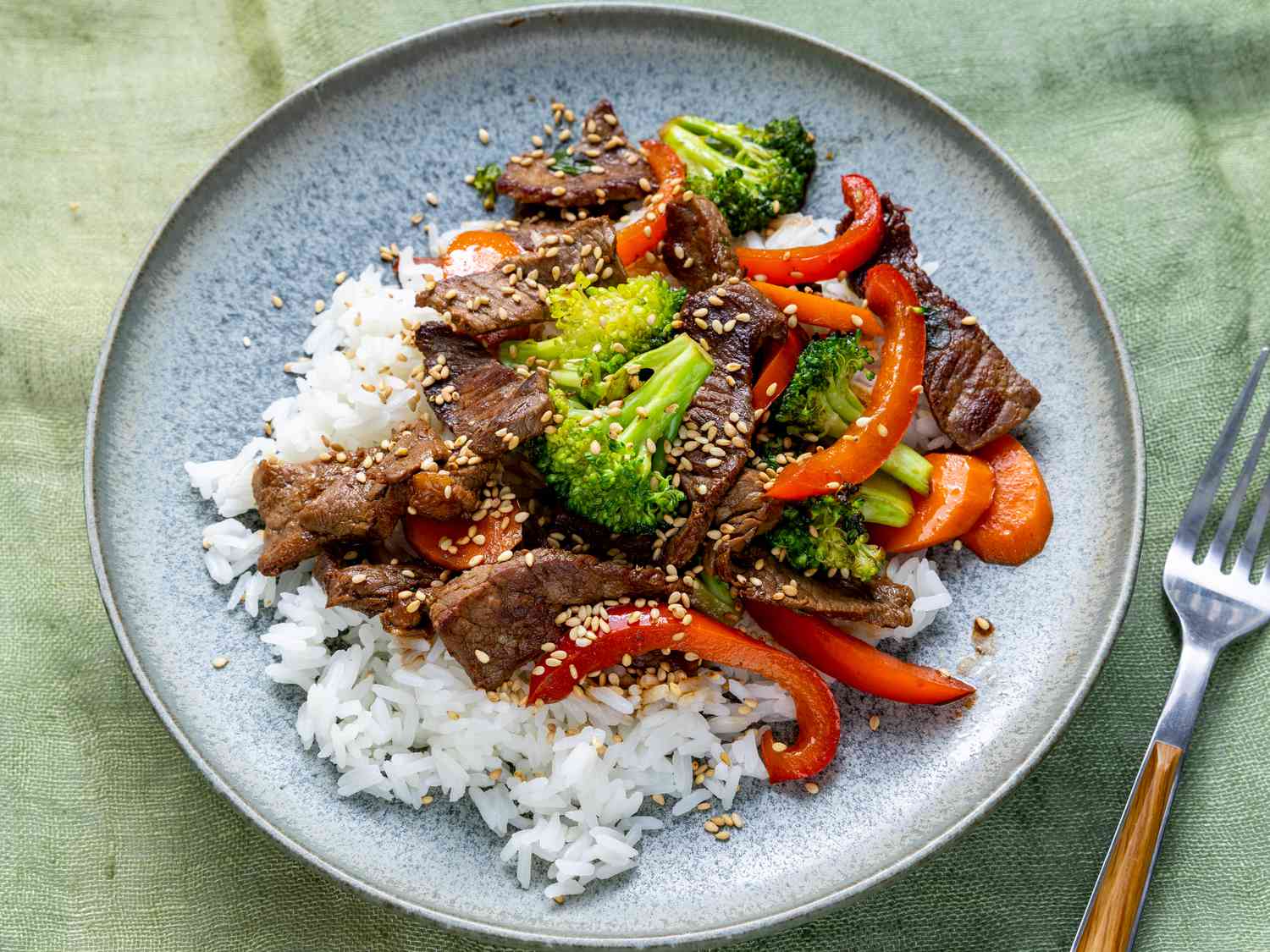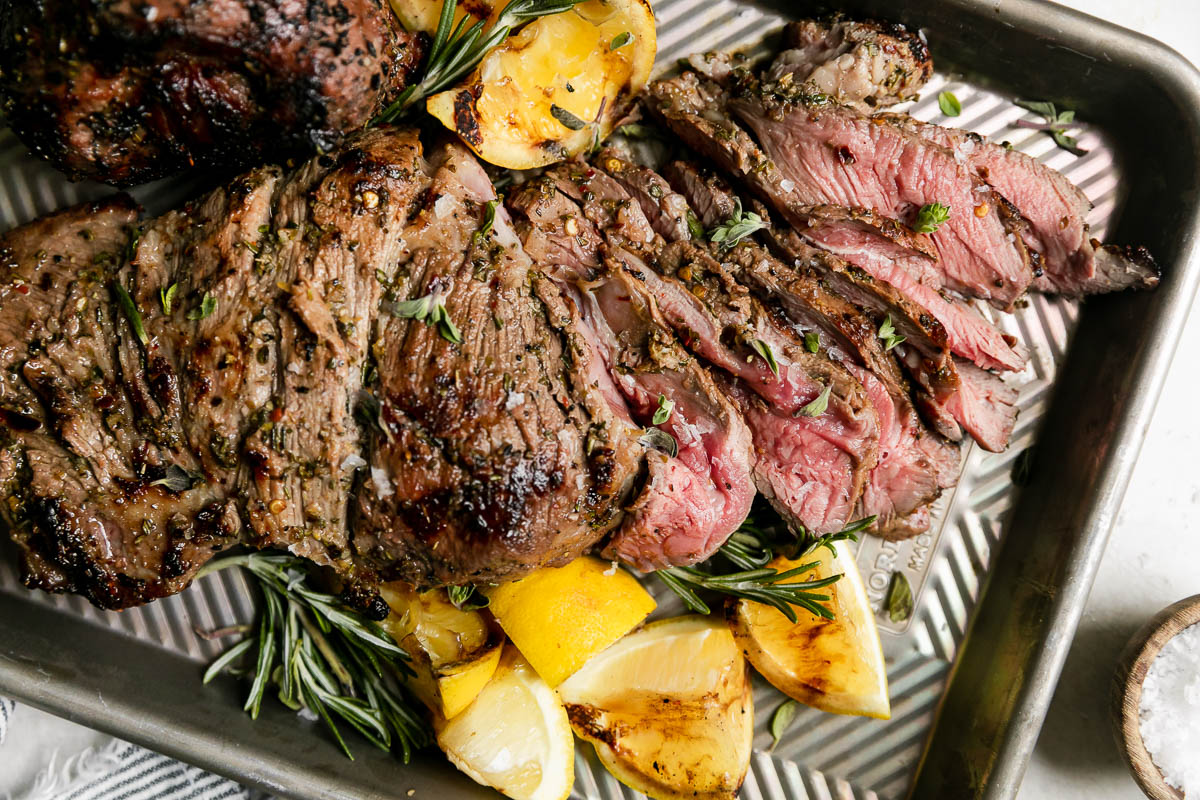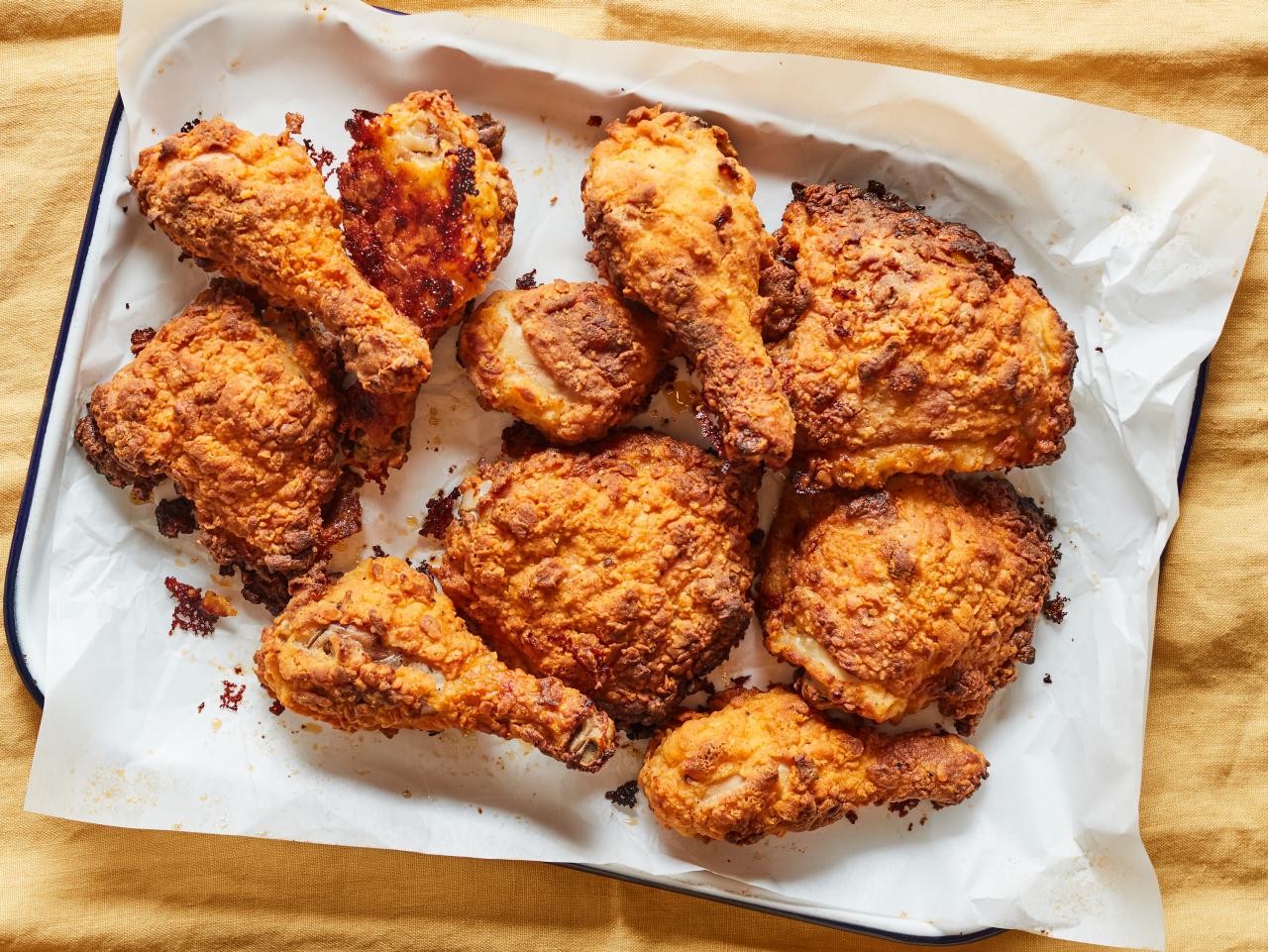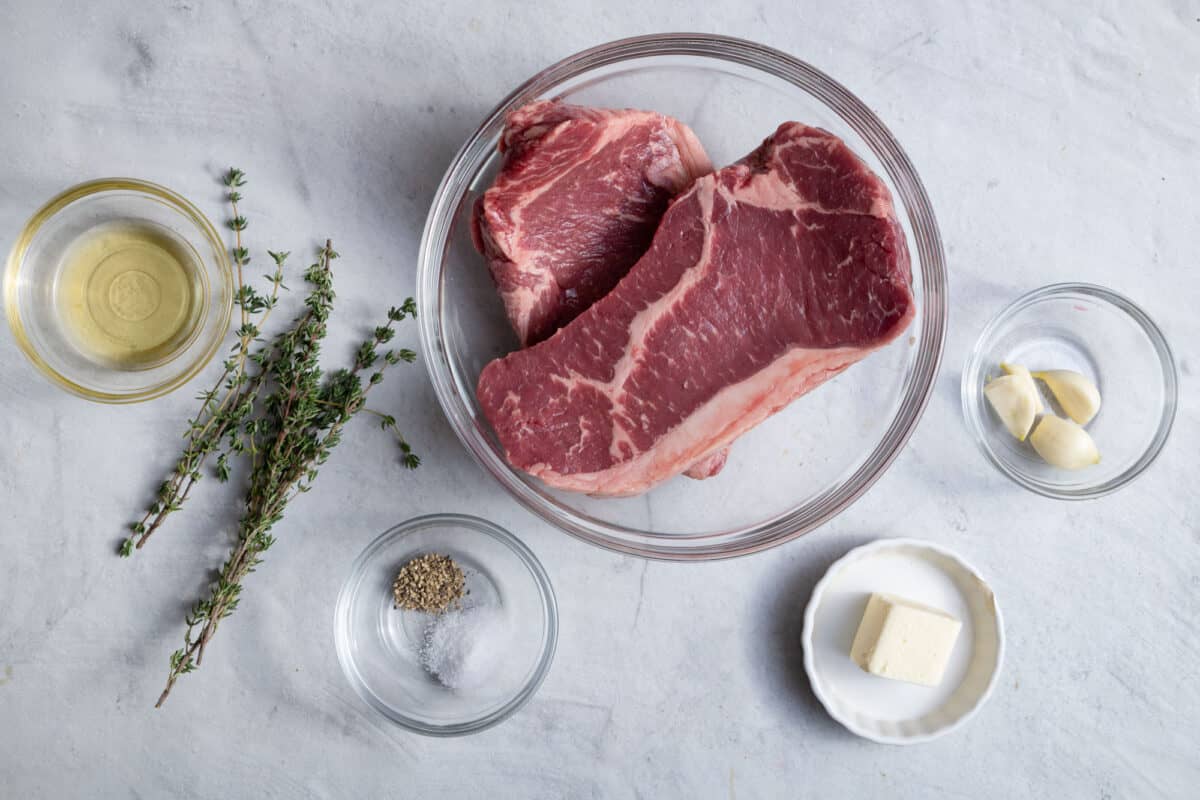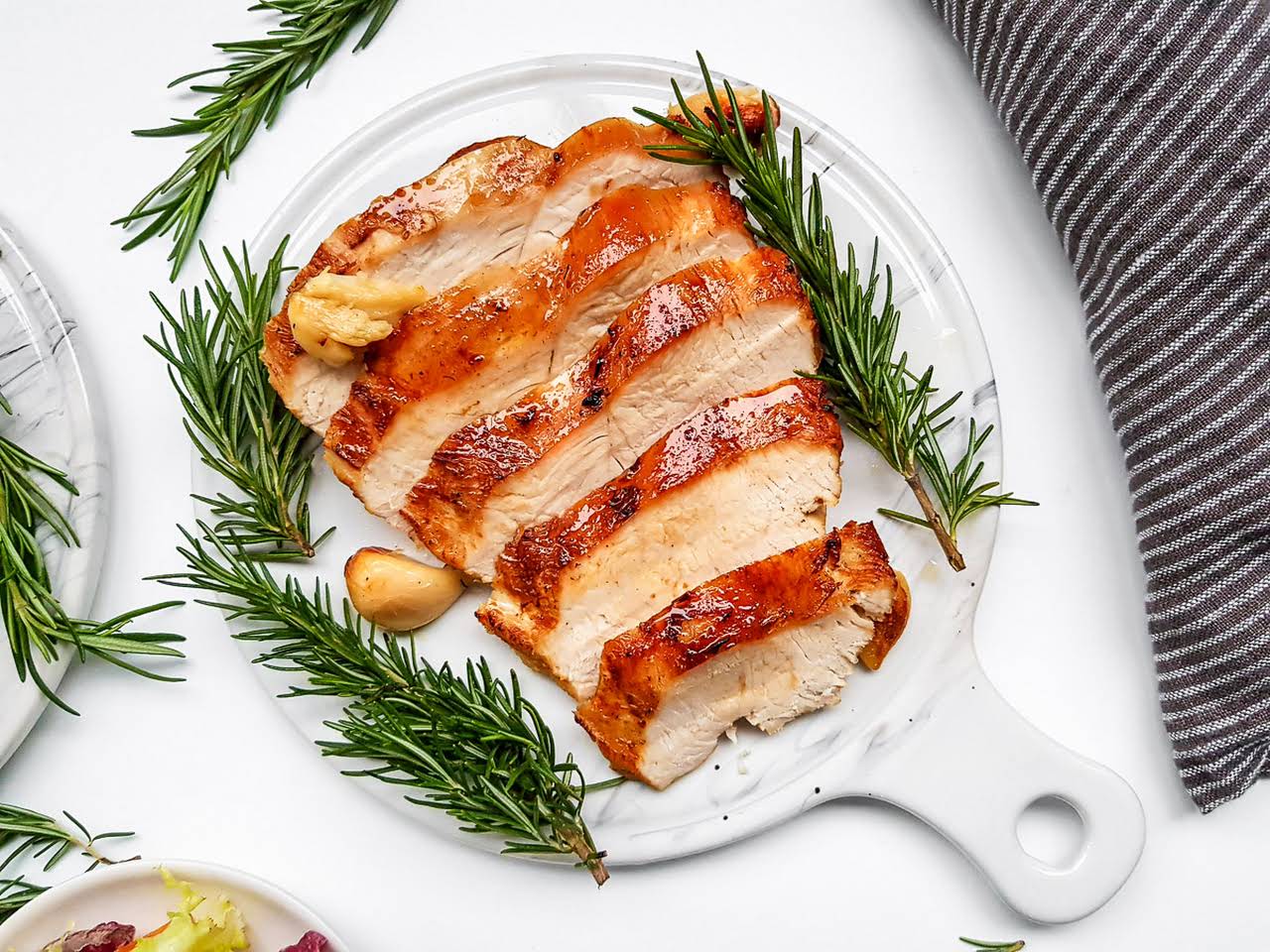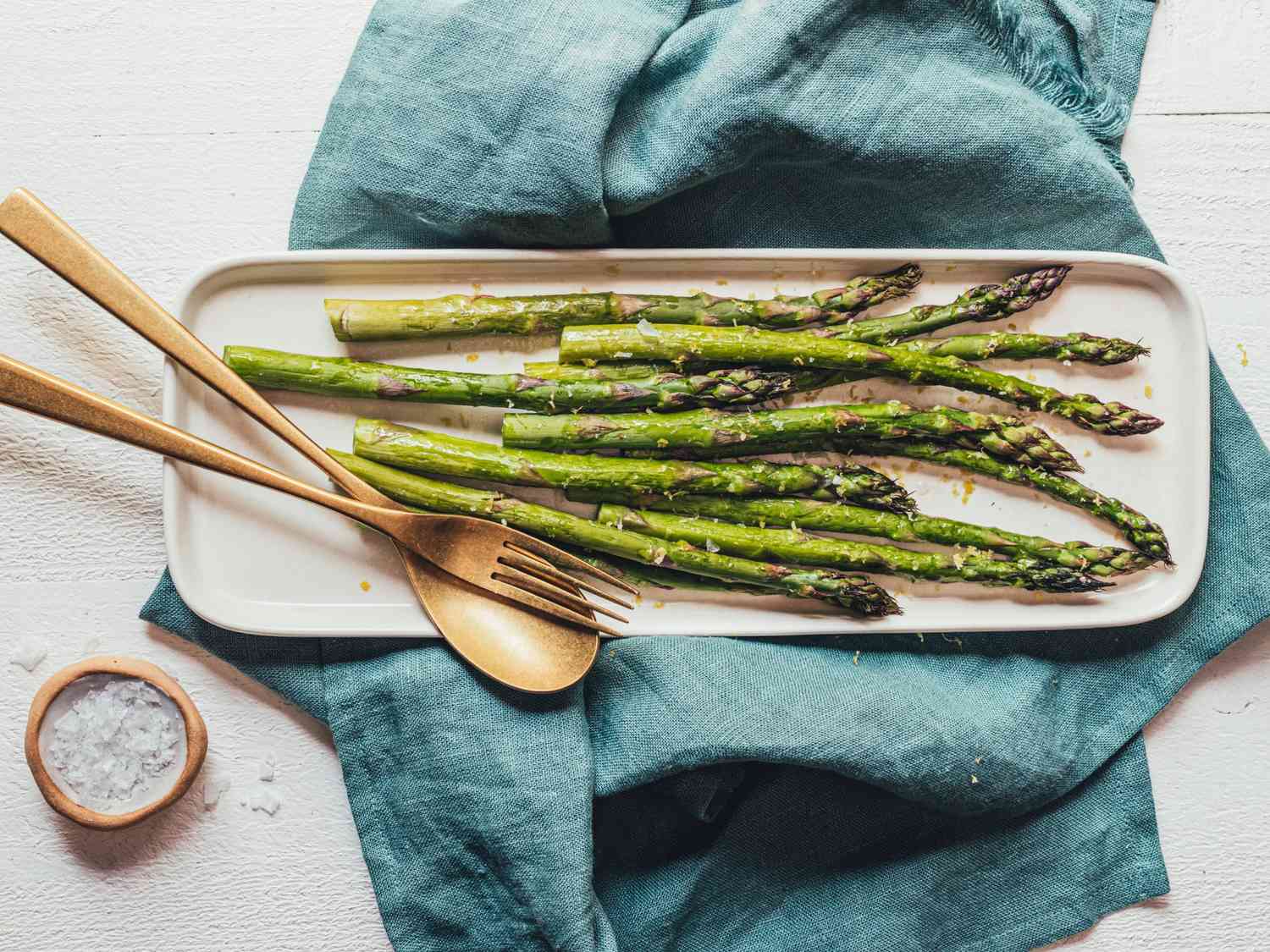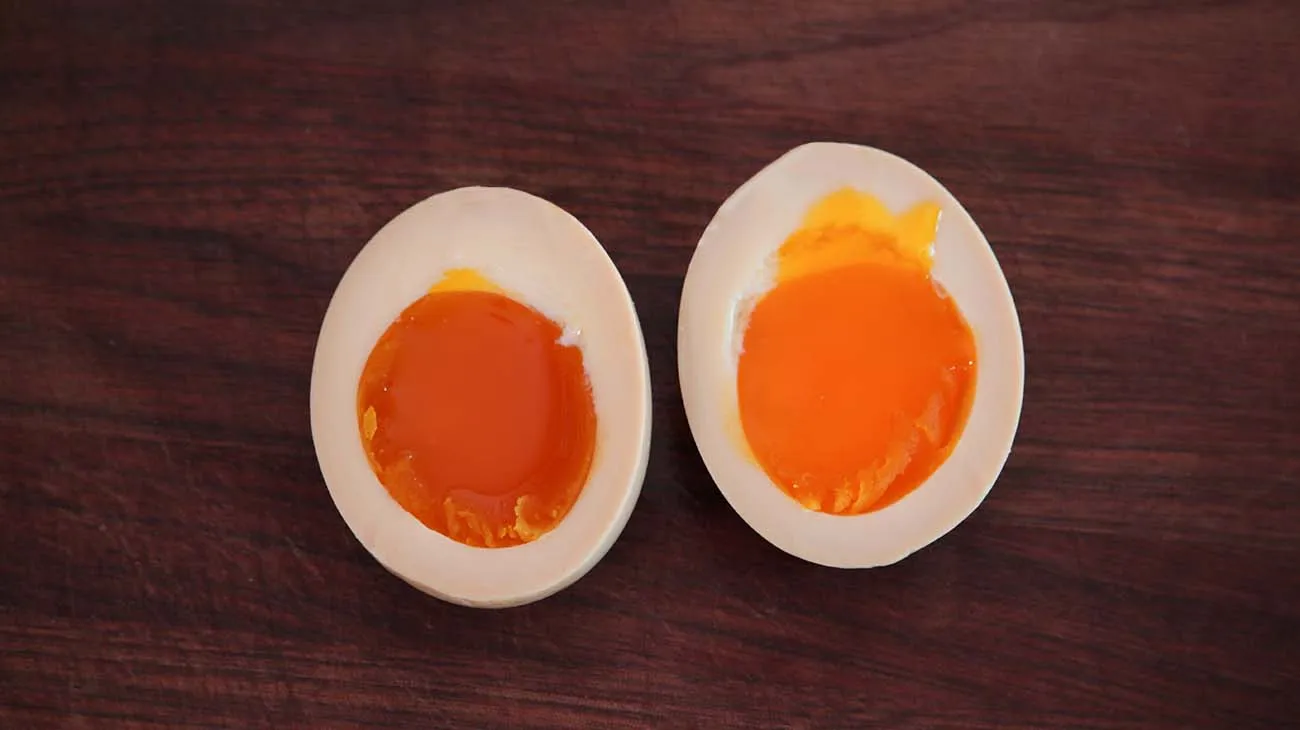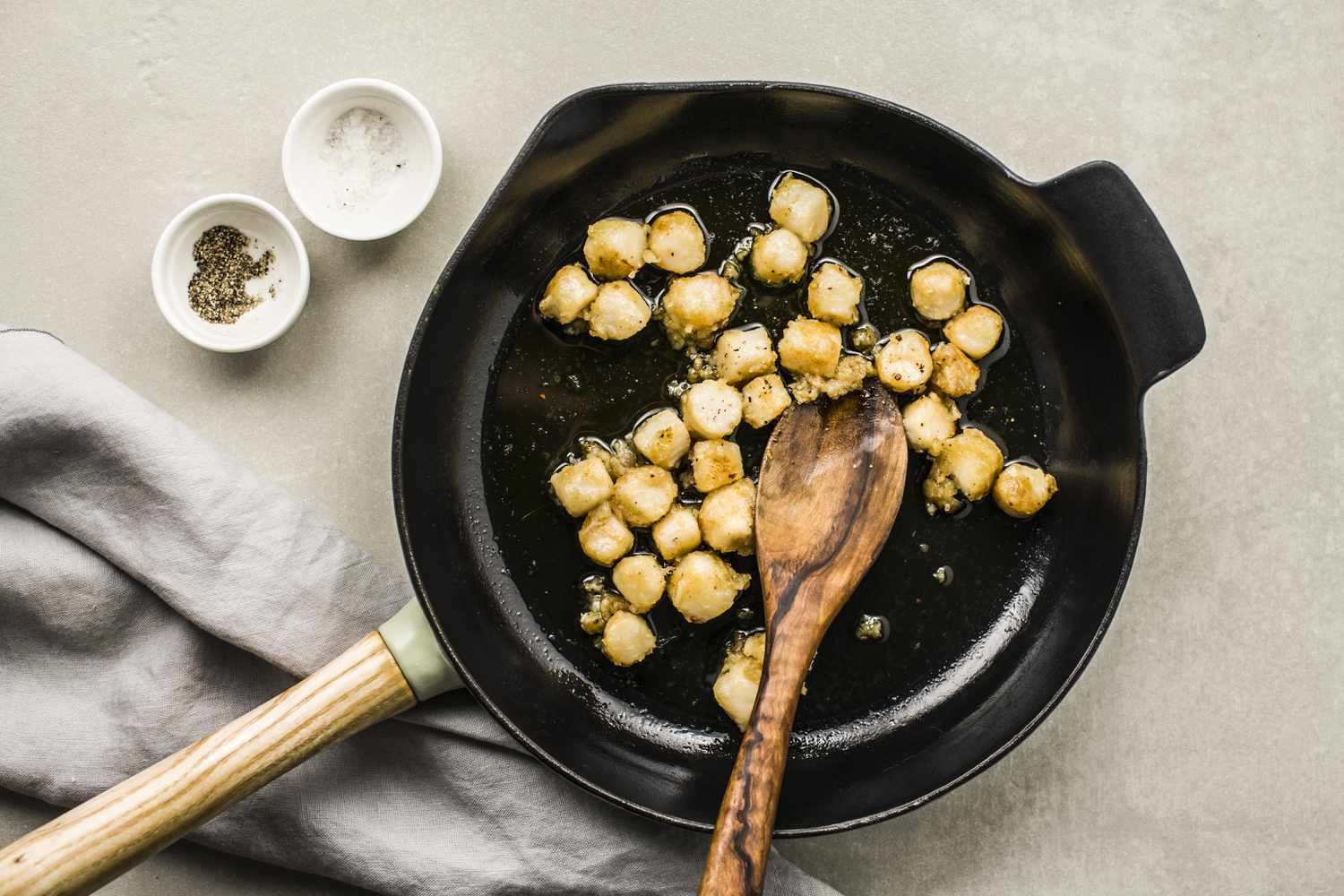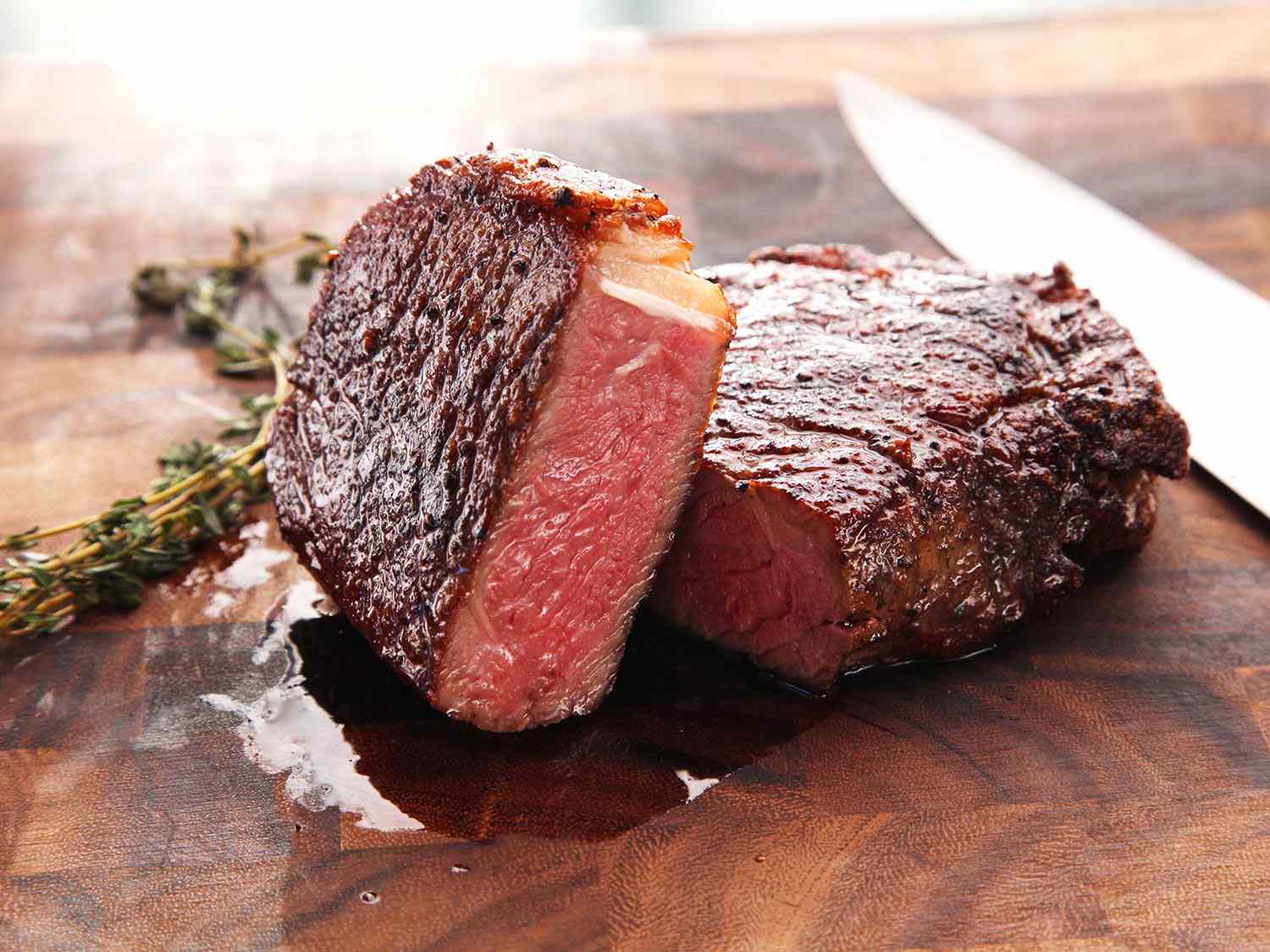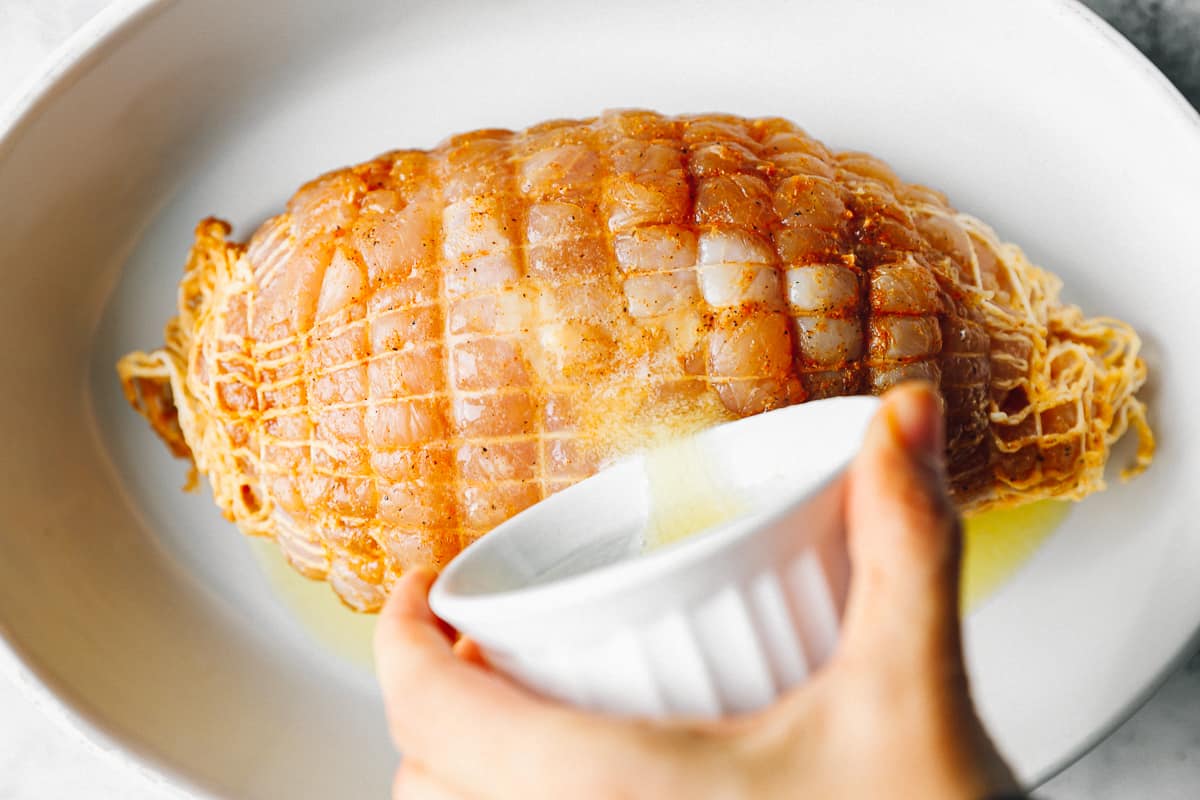Cooking Made Easy with a Slow Cooker
Are you tired of spending hours in the kitchen preparing meals? Look no further than the trusty slow cooker! With its convenience and versatility, a slow cooker can revolutionize the way you cook. Whether you’re a busy professional, a family on the go, or simply seeking a hassle-free cooking experience, a slow cooker is your ticket to flavorful and effortless meals. Let’s dive into the world of slow cooking and discover how to make the most out of this fantastic kitchen appliance.
Benefits of Slow Cooking
Using a slow cooker offers multiple benefits that make it a must-have in any kitchen. Here are just a few advantages:
- Time-Saving: One of the primary benefits of a slow cooker is the time it saves you in the kitchen. Simply throw in the ingredients, set the temperature, and let the slow cooker do the rest. You can go about your day and return home to a delicious, ready-to-eat meal.
- Flavor Enhancement: Slow cooking allows flavors to meld together, resulting in rich and savory dishes. The low, consistent heat and extended cooking time tenderize meat, infuse spices, and bring out the natural sweetness of vegetables.
- Healthier Cooking: With slow cooking, you can create nutritious meals using high-quality ingredients. The long cooking time at low temperatures preserves the nutritional value of the food, making it a healthier alternative to frying or boiling.
- Cooking Efficiency: Slow cookers are energy-efficient, consuming less power than traditional stovetop or oven cooking. This means you can cook for extended periods without worrying about racking up your electricity bill.
Mastering Slow Cooking Techniques
Now that you understand the benefits of using a slow cooker, let’s delve into some essential techniques to help you become a slow cooking pro:
- Preparation: Preparing your ingredients beforehand is key to a successful slow-cooked meal. Chop vegetables, trim meat, and measure spices in advance for a smoother cooking process.
- Liquid Amount: Slow cookers require less liquid than traditional cooking methods. As the slow cooker retains moisture, start with less liquid than you would typically use, and adjust as needed during the cooking process.
- Layering Ingredients: Place denser, slower-cooking ingredients, such as root vegetables or meat, at the bottom of the slow cooker. This ensures even cooking and prevents vegetables from becoming mushy.
- Seasoning: Don’t be afraid to amp up the flavor! Slow cooking can sometimes dilute flavors, so be generous with spices, herbs, and seasonings to create a well-rounded taste.
- Don’t Peek: Keep the slow cooker lid closed during the cooking process. Opening the lid releases heat and extends the cooking time, which can affect the final result.
- Adding Dairy and Fresh Herbs: Dairy products, such as cream or milk, and delicate herbs like basil or parsley, should be added near the end of the cooking time. This helps maintain their freshness and prevents curdling.
- Thickening Sauces: If you prefer a thicker sauce or gravy, remove the lid during the last hour of cooking to allow evaporation and reduce the liquid.
Exploring Slow Cooker Recipes
With a slow cooker at your disposal, the culinary possibilities are endless. Here are a few classic slow cooker recipes to get you started:
- Pulled Pork: Cook pork shoulder with your favorite barbecue sauce, and watch it become tender and juicy for irresistible pulled pork sandwiches.
- Beef Stew: Enjoy a hearty and comforting beef stew with tender chunks of beef, potatoes, carrots, and flavorful broth.
- Vegetarian Chili: Create a delicious meatless chili packed with beans, vegetables, and spices for a satisfying and nutritious meal.
- Chicken Curry: Let your slow cooker infuse the chicken with aromatic spices and creamy coconut milk, resulting in a flavorful and aromatic curry.
- Apple Crisp: Don’t forget dessert! Make a delectable apple crisp with tender apples, a buttery crumb topping, and a hint of cinnamon.
These are just a few examples, and the possibilities are endless. With a slow cooker, you can experiment with various ingredients and flavors to create your favorite dishes.
Conclusion
With its versatility, convenience, and ability to create delicious meals with minimal effort, it’s no wonder the slow cooker has become a kitchen staple. Whether you’re a busy professional, a parent on the go, or a cooking enthusiast, a slow cooker can bring joy to your culinary adventures. So, dust off that slow cooker, gather your ingredients, and get ready to experience the wonders of slow cooking!
Was this page helpful?
Read Next: How To Cook A Bake Potato In The Air Fryer
